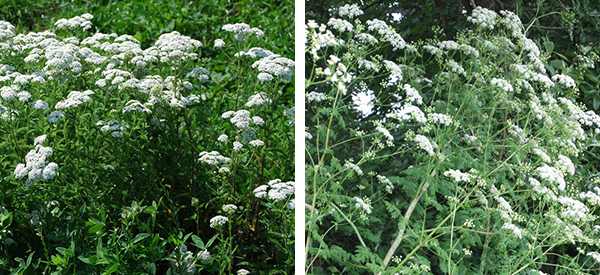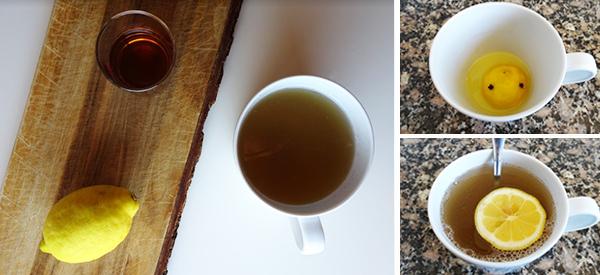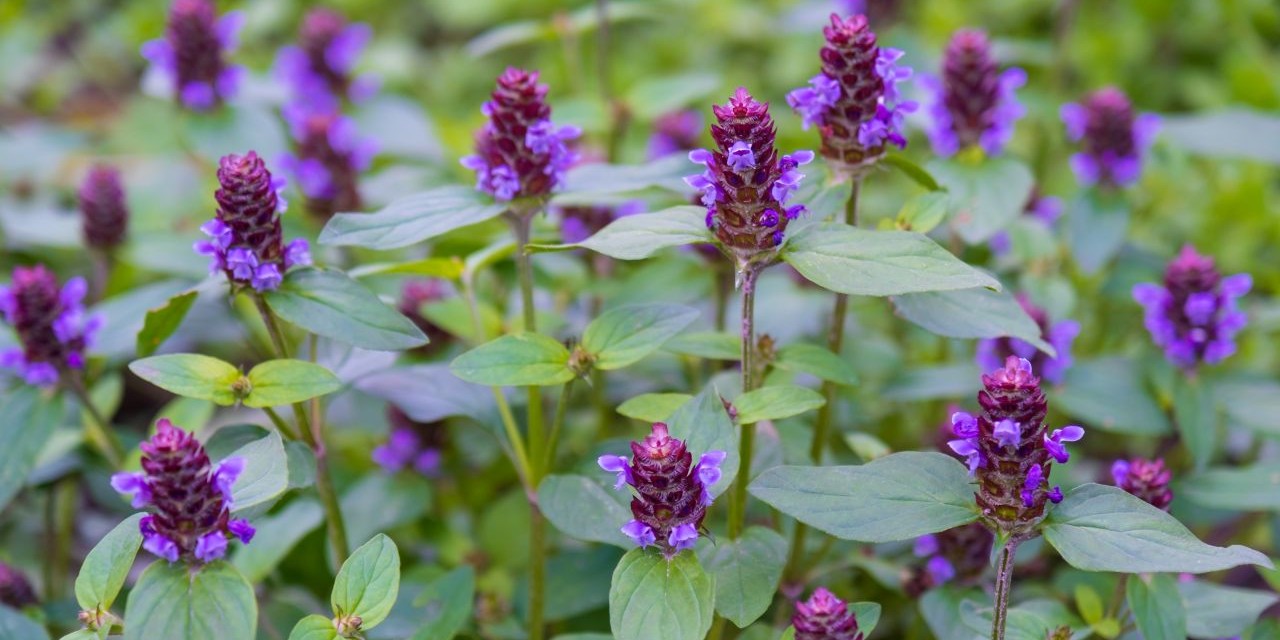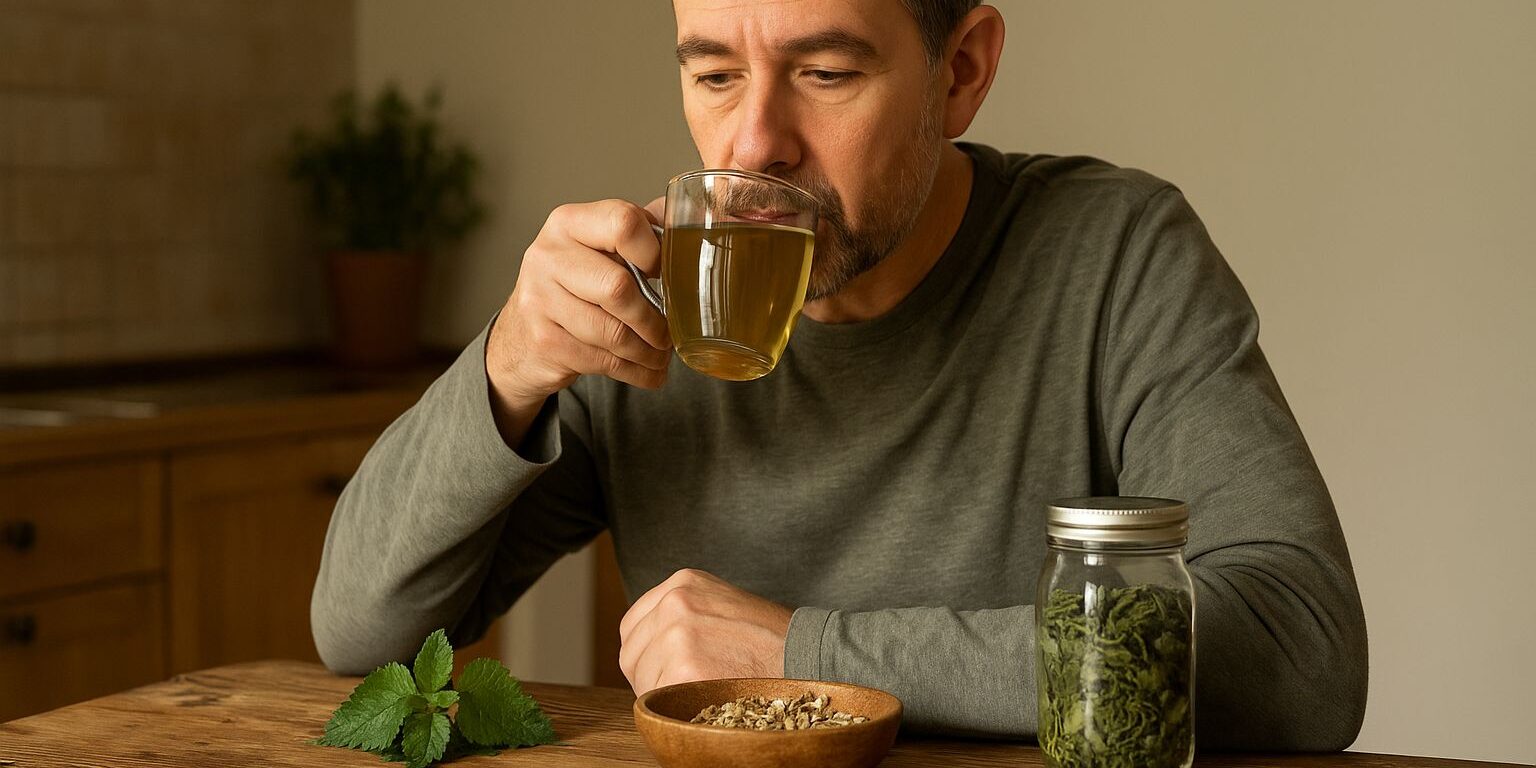
How to Use Stinging Nettle for Enlarged Prostate
Stinging nettle (Urtica dioica) is a plant that has stood beside humankind for centuries groove. Once feared for its sting, it has long been valued as food, fiber, and medicine. Among its many traditional uses, nettle has drawn attention for its potential to support men’s health—especially for those dealing with the discomfort of an enlarged prostate, also known as benign prostatic hyperplasia (BPH).
An enlarged prostate is one of the most common health issues men face as they age, often leading to symptoms such as frequent urination, difficulty starting or maintaining a stream, and interrupted sleep from multiple nighttime trips to the bathroom. While these symptoms are not life-threatening, they significantly reduce quality of life. It’s no surprise, then, that men throughout history have looked for natural ways to find relief before the age of modern pharmaceuticals.
Modern medicine offers prescription treatments for BPH, but many come with side effects such as dizziness, fatigue, or reduced sexual function. Stinging nettle, in contrast, has been used in traditional European medicine to ease urinary difficulties for generations, and today research suggests there may be truth to this old wisdom. Instead of forcing the body into immediate change, nettle root works slowly with the body’s own systems, which makes it more sustainable for long-term use.
Why Stinging Nettle Helps
The root of stinging nettle is the part most often associated with prostate support. Compounds within nettle root are believed to:
- Reduce Inflammation – Nettle root appears to help calm inflammation within the prostate and urinary tract, easing discomfort.
- Influence Hormones – Research suggests nettle root may interfere with the conversion of testosterone into dihydrotestosterone (DHT), a hormone linked to prostate enlargement.
- Improve Urine Flow – Many men taking nettle root report fewer trips to the bathroom at night, stronger urine flow, and less urgency.
Scientists believe these effects may come from nettle’s unique plant chemicals that interact with hormone receptors and inflammatory pathways. While the full mechanisms are not yet completely understood, the results have been promising enough that nettle root is widely included in European herbal preparations for BPH. This demonstrates how traditional herbal wisdom is now finding validation in modern studies.
Related: Foods And Herbs That Increase Libido and Others That Kill It
It is important to note that nettle leaf and nettle root serve different purposes. While the leaves are rich in vitamins and minerals and are often used as a spring tonic, it is the root that has shown the most promise in supporting prostate health. This distinction is crucial, as many people are familiar with nettle tea made from the leaves but unaware that the root provides targeted support for urinary and prostate concerns.
How to Use Nettle for Prostate Support
 1. Nettle Root Tea
1. Nettle Root Tea
- Use dried nettle root (about 2 teaspoons per cup of boiling water).
- Steep for 10–15 minutes, strain, and drink up to twice daily.
- The flavor is earthy and slightly bitter; adding a bit of honey can make it more pleasant.
Tea made from nettle root is one of the simplest ways to begin incorporating this herb into your routine. Though its taste is more medicinal than enjoyable, it carries with it a tradition of daily use that has stood the test of time. Regular consumption allows the plant compounds to gradually build up and support urinary health over the course of weeks.
Many men find that combining nettle root tea with other herbal teas, such as chamomile or peppermint, improves the flavor and creates a calming ritual before bedtime. Since nighttime urination is one of the most frustrating symptoms of BPH, drinking a soothing cup of nettle root tea in the evening can bring both physical and emotional comfort.
 2. Nettle Root Tincture
2. Nettle Root Tincture
- Available from herbal suppliers or easy to make at home by soaking chopped fresh or dried root in alcohol for several weeks.
- Typical dosage is 1–2 ml, two to three times daily, but always check with an experienced herbalist.
Tinctures are highly concentrated extracts and are often preferred by those who want a convenient, portable option. A few drops in water or tea can deliver a consistent dose without the preparation time required for tea. This method also preserves the active compounds in nettle root for long-term use.
Related: DIY Blood Detox Tincture
Making your own tincture ensures quality control, allowing you to know exactly what went into the preparation. By harvesting or sourcing nettle root yourself and preparing it slowly, you participate in a tradition of herbal medicine that values both patience and self-reliance.
 3. Capsules or Extracts
3. Capsules or Extracts
- Many natural health stores sell standardized nettle root extracts.
- These are convenient for daily use and provide consistent dosing.
Capsules and extracts are especially useful for men who struggle to maintain consistency with teas or tinctures. They allow you to incorporate nettle into a supplement routine with minimal effort. This convenience increases the likelihood of long-term adherence, which is essential since nettle’s benefits come gradually.
Standardized extracts also ensure you are getting measurable amounts of the key compounds in nettle root. This can provide reassurance for those who want to track their health progress while combining natural remedies with medical supervision.
Combining with Other Herbs
Nettle root is often paired with other herbs for a more comprehensive effect. The most common is saw palmetto, another traditional remedy for prostate health. Together, these herbs may improve urinary flow and reduce nighttime waking more effectively than either alone. Pumpkin seed oil is another natural ally often blended with nettle in herbal formulas.
These combinations reflect a principle long understood by herbalists: plants often work better together than alone. By addressing multiple pathways—hormonal balance, inflammation, and urinary tract tone—these herbal allies create a more rounded approach to prostate health. For many men, a blend can be the difference between minor improvements and noticeable relief.
Still, it is wise to start with one herb at a time. This allows you to observe how your body responds and prevents confusion if side effects or interactions occur. Once you understand nettle root’s effect on your system, adding saw palmetto or pumpkin seed oil may be considered for enhanced results.
Comparing Nettle Root with Other Prostate Remedies
While nettle root has earned its place in traditional and modern prostate care, it is often helpful to see how it compares with other natural allies. Saw palmetto and pumpkin seed oil are two of the most common alternatives, and each brings its own strengths to the table.
Using them together can sometimes provide the best results, as they address the problem from slightly different angles. For example, nettle root helps calm inflammation and hormone conversion, saw palmetto focuses more strongly on blocking DHT, and pumpkin seed oil nourishes the urinary tract while offering essential fatty acids.
| Remedy | Main Actions | Best For | Notes |
|---|---|---|---|
| Nettle Root | Reduces inflammation, influences hormones, improves urine flow | Gentle long-term support, gradual symptom relief | Works best when used consistently over weeks |
| Saw Palmetto | Blocks DHT conversion, reduces prostate swelling | Faster relief of urinary frequency and urgency | Sometimes paired with nettle root for stronger effect |
| Pumpkin Seed Oil | Nourishes urinary tract, provides zinc and fatty acids | Supporting bladder health, easing mild symptoms | Often used as a daily food-based supplement |
Together, these herbs form a toolkit of natural support for men’s health. Nettle root alone may bring gradual but steady relief, while combining it with saw palmetto or pumpkin seed oil creates a more well-rounded approach.
A Note of Caution
While stinging nettle is generally safe, there are a few cautions to keep in mind:
- Consult First – If you suspect prostate issues, consult a healthcare provider to rule out more serious conditions, including prostate cancer.
- Medication Interactions – Nettle may interact with blood thinners, diuretics, or medications for blood pressure.
- Mild Side Effects – Some people experience stomach upset or skin irritation when handling fresh nettle.
These cautions do not mean nettle is unsafe but remind us that herbs, though natural, are still powerful. Ignoring interactions or skipping proper medical evaluation could mask a more serious issue. Responsible use ensures you get the benefits without unnecessary risks.
Another important point is that nettle root does not provide instant relief. Unlike pharmaceutical medications that may show effects in days, nettle root works gradually over weeks or months. Patience and consistency are part of the process, and expecting quick results may lead to disappointment.
Final Thoughts
Stinging nettle is more than a wild weed—it is a time-tested herb with the potential to ease the discomfort of an enlarged prostate naturally. By calming inflammation, supporting hormone balance, and improving urinary flow, nettle root offers men a gentle alternative or complement to modern medicine.
This plant teaches us that remedies don’t always have to be drastic or complicated. Sometimes the simplest, most common plants can provide steady support when used thoughtfully. By weaving nettle root into daily life, men may find not only relief but also a connection to centuries of herbal wisdom.
Like all remedies, it is best approached with respect. Used wisely, nettle connects us to an old tradition of healing and offers a reminder that nature often provides quiet, steady solutions to the challenges of aging. In a world quick to reach for pills and quick fixes, nettle invites us to slow down and trust the gentle power of plants.
You May Also Like:
Here’s What Getting Stung By Nettles Does to Your Body
How to Recognize a Heart Attack and What to Do Next (Video)
Homemade Antiseptic Nettle Spray
The Beginner’s Guide To Growing Your Own Medicinal Herb Garden

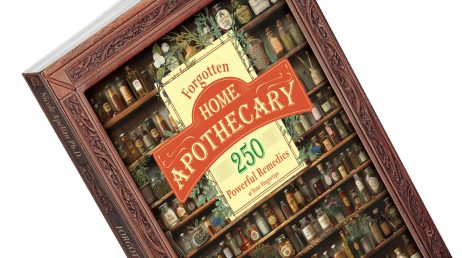






 1. Nettle Root Tea
1. Nettle Root Tea 2. Nettle Root Tincture
2. Nettle Root Tincture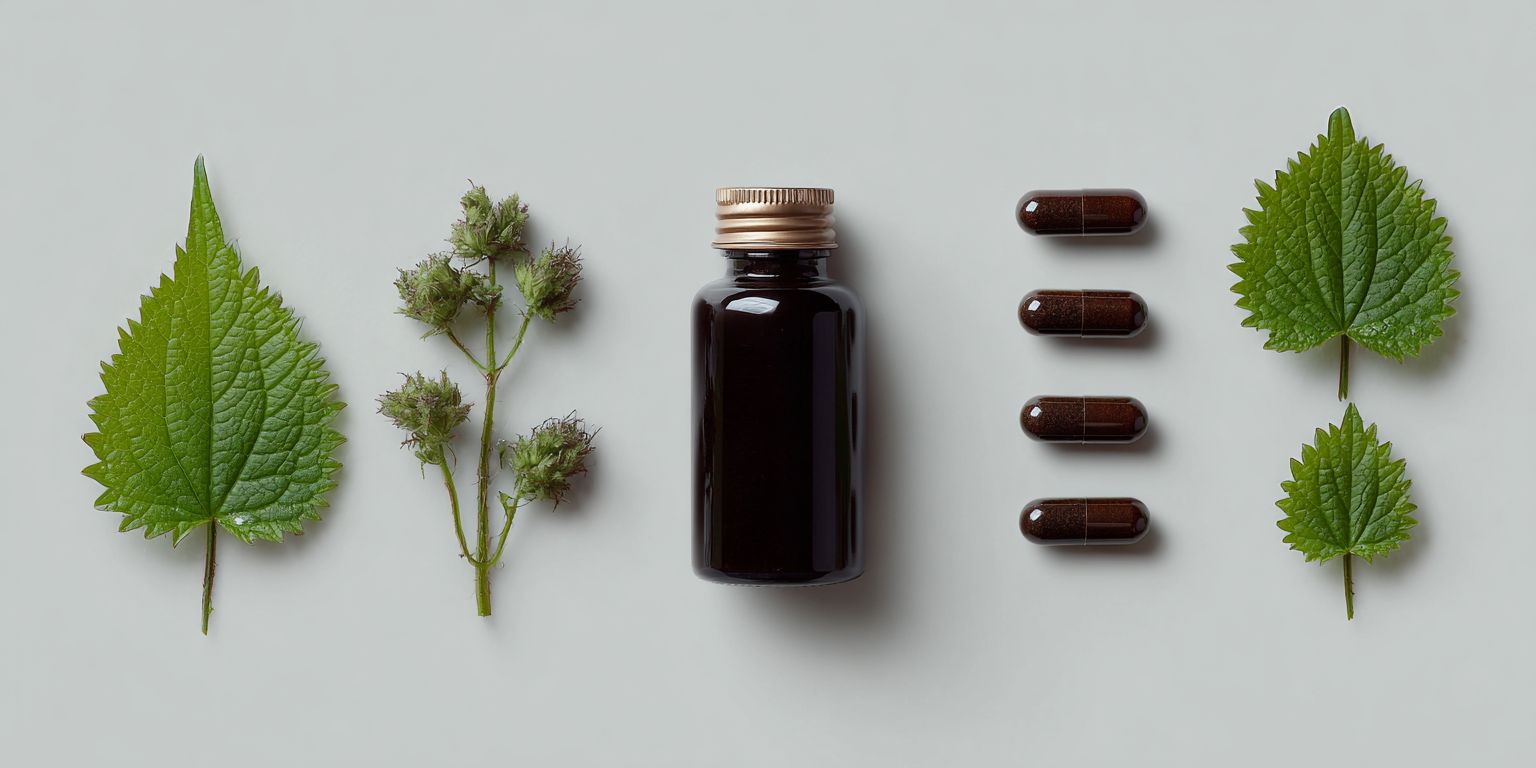 3. Capsules or Extracts
3. Capsules or Extracts
